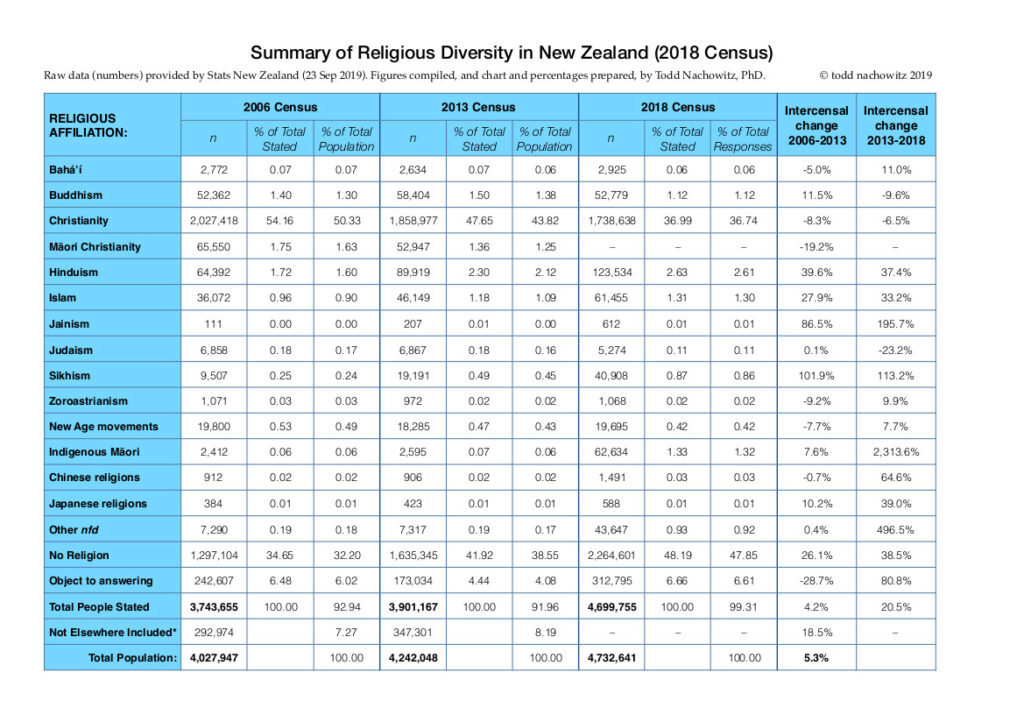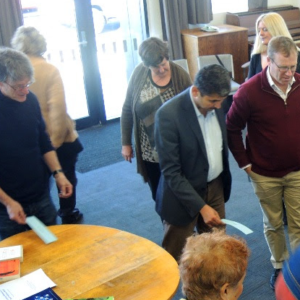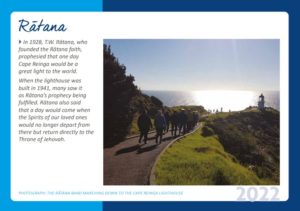
Key: nfd = not further defined; nec = not elsewhere classifiable; nei = not elsewhere included Notes: • Raw data (the numbers of respondents in each category only) were provided by Statistics New Zealand and publicly released on Monday 23 September 2019. The complied figures, along with the accompanying chart and percentages, were prepared by Todd Nachowitz, PhD and released on 26 September 2019. This chart is a first draft and subject to corrections and updates. • Statistics New Zealand employs a complex set of rules in order to protect privacy and confidentiality. Where numbers are exceptionally low, it employs a system known as Base 3 Rounding in order to protect confidentiality, and so that particular individuals cannot be identified. Please see www.stats.govt.nz/methods/applying-confidentiality-rules-to-2018-census-data-andsummary-of-changes-since-2013 for additional information.
• The reported figures for ‘Buddhism’ include the subcategories Buddhism nfd, Zen, Mahayana, Nichiren, Theravada, Vajrayana, and Buddhism nec.
• The reported figures for ‘Christianity’ include multiple subcategories and denominations too detailed to list here.
• The reported figures for ‘Hinduism’ include the subcategories Hinduism nfd, Hare Krishna, Yoga, Arya Samaj, and Hinduism nec.
• The reported figures for ‘Islam’ include the subcategories Islam nfd, Sufi, Shi’a, Sunni, Ahmadiyya Muslim, and Islam nec.
• The reported figures for ‘Judaism’ include the subcategories Judaism nfd, Conservative Judaism, Orthodox Judaism, and Reformed Judaism.
• The reported figures for ‘New Age movements’ include the subcategories New Age nfd, Church of Scientology, Nature and Earth Based Religions nfd, Animist, Druid, Pantheist, Wiccan, Pagan, Nature and Earth Based Religions nec, Satanism, Spiritualist, Rastafarianism, and Other New Age Religions nec.
• In the 2018 Census data, Māori Christian figures are included in the Indigenous Māori category above, which is now referred to by Stats NZ as the Māori Religions, Beliefs and Philosophies category. This category now includes the subcategories Māori Religions Beliefs and Philosophies nfd, Ratana, Ringatū, Paimarire, and Māori Religions Beliefs and Philosophies nec. The phenomenal intercensal growth in this category (i.e. 2,314%) is merely due to moving the numbers from the earlier Māori Christian to the new Māori Religions, Beliefs and Philosophies category.
• The reported figures for ‘Chinese Religions’ include the subcategories Chinese Religions nfd, Confucianism, Taoism, and Chinese Religions nec.
• The reported figures for ‘Japanese Religions’ include the subcategories Japanese Religions nfd, Mahikari, Shinto, Tenrikyo, Japanese Religion nec.
• The category previously known as Other nfd is now known in the 2018 Census data as Other Religions, Beliefs and Philosophies. This category now includes the subcategories Other Religions Beliefs and Philosophies nfd, Theism, Deism, Unification Church (Moonist), Jedi, Atheism, Agnosticism, Cao Dai, Church of the Flying Spaghetti Monster, Falun Gong, Humanism, Libertarianism, Maoism, Marxism, Rationalism, Socialism, and Other Religions Beliefs and Philosophies nec.
• For the purposes of this Table, I have separated out the Census numbers provided for the Bahá’í Faith, the Chinese and Japanese religious traditions, Jainism, Sikhism and Zoroastrianism from the Other Religions category and have listed these separately above, for greater clarity and for easier tracking of trends.
• The percentages listed for Intercensal Change (the percentage of change noted between any two given censuses) are based on the difference between the actual number of census respondents in any given category for the years noted (i.e. between the 2006 & 2013 Census, and between the 2013 & 2018 Census figures. These are provided for easy comparison between the two intercensal periods in order to determine growth or loss during that period.
• For the 2006 & 2013 Census, the numbers in the bottom-most row represent the total population of New Zealand at the time the Census was taken. For the 2018 Census, the figure in the bottom-most row is listed on the Census spreadsheet as the number of Total Responses, and not as the Total Population.
If distributing this chart, please make certain to distribute both the chart and the accompanying notes (i.e. both page 1 and 2 of this PDF). Please do not photocopy and distribute the chart without the accompanying notes. To cite this information, please reference both Statistics New Zealand (2019) 2018 Census, and Todd Nachowitz (2019) Summary of Religious Diversity in New Zealand (2018 Census), available at www.earthdiverse.org.nz/publications.
© Todd Nachowitz, 26 September 2019. For more information, for further breakdowns of the figures into smaller denominations, or to comment on this first draft, please contact: Todd Nachowitz, PhD, Executive Director, EarthDiverse email: todd@earthdiverse.org.nz; web: www.earthdiverse.org.nz; mobile: 027-432-7590 Office address: Lady Goodfellow Chapel, University of Waikato, Gate 1, Knighton Road, Hamilton; Postal address: PO Box 11048, Hillcrest, Hamilton 3251



